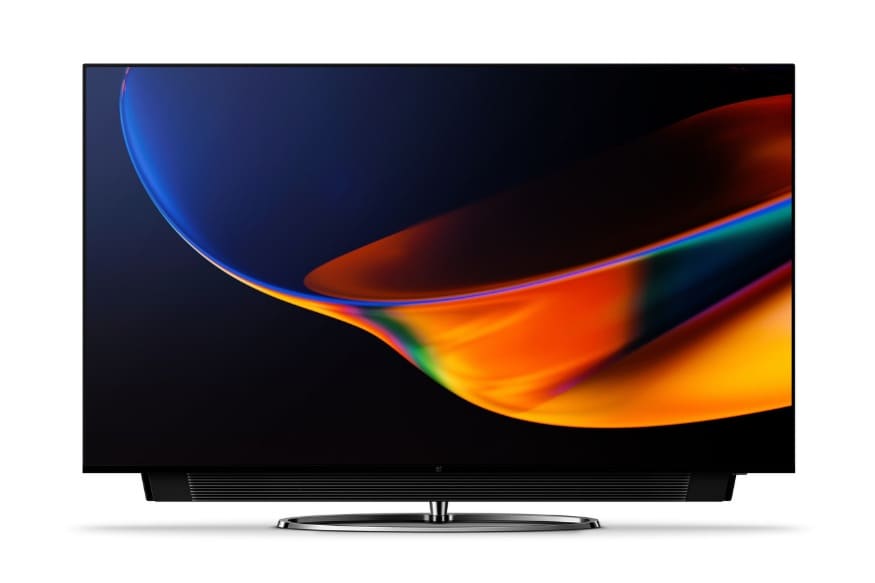

#LG DISABLE MOTION SMOOTHING TV#
Bump it up by one or two notches, give yourself time to get used to the subtle differences, and see what you think-you'll also find the black frame insertion feature in that menu, if your TV has one, and you can use them in conjunction with one another if your TV has a good implementation.Necessary cookies are absolutely essential for the website to function properly.

Vizio just calls it Smooth Motion Effect, and TCL calls it Action Smoothing. Samsung calls it Auto Motion Plus, for example, while LG calls it TruMotion. But if you dig into the options, you'll almost certainly find it under Motion. But you can try it on your current set, too-you just need to play with the settings.Įach brand calls its interpolation feature something different, and the settings can even vary between models from the same brand. Their current flagships, the X950H LED and A8H OLED, use their most advanced processing hardware, and having had personal experience with both, they're the models I'd recommend looking at if you want the best motion on a modern TV. And ultimately, it's why I bought a Sony TV after many years of motion-induced frustration-no other brand could hit that sweet spot quite as well without side effects. Most people probably don't even realize this is happening, especially since Sony's main Motionflow interpolation feature is separate from the more subtle Cinemotion setting: Even if you turn Motionflow's Smoothness down to zero, there's still a bit of interpolation happening in the background with Cinemotion on.īut part of Sony's reputation is also due to its fantastic processing algorithms, which can interpolate frames with fewer artifacts than competing brands. The company tells me this feature uses de-telecining (to reverse that 3:2 pulldown judder) and tiny amounts of frame interpolation to present 24-fps content the way you expect to see it, rather than the way modern sample-and-hold displays show it in its purest form. This is, in big part, due to their Cinemotion feature, which has been present on Sony TVs for many years. In my experience, no one does it better than Sony, who has a reputation among A/V enthusiasts for having the best motion processing. Not all streaming services will support proper 24-Hz playback, though, so a TV that can reverse this pulldown process is also helpful.) You can fix telecine judder by using a streaming box capable of outputting 24 Hz properly, like the Apple TV 4K or Roku Ultra (here's our guide to picking the best Roku). That's an entirely different phenomenon, though many people conflate the two. (A quick note for the TV nerds: I'm talking about 24 frame-per-second stutter here, not the telecene judder produced by using 3:2 pulldown to fit 24 frames into a 60-Hz refresh rate.
#LG DISABLE MOTION SMOOTHING MOVIE#
So dweebs like me can't watch a movie on modern sets without silently cursing under their breath about how the movie looks like a slow, messy flip book. Neither is really ideal, and neither will give you motion as clear as a CRT or plasma display would. TVs with fast response times-like high-end LCDs and especially OLEDs-have less of a ghosting trail but will stutter more. Cheaper TVs with low response times stutter less, instead causing a moving trail behind objects. Certain TVs are more prone to it, too, depending on their response time-their ability to shift colors quickly. Other people, like me, are more sensitive to it and find it uncomfortable to watch.

Some people don't notice or care about this stutter. If you buy something using links in our stories, we may earn a commission. In other words, I wouldn't say Tom Cruise was 100 percent right about motion smoothing-but maybe that he's 80 percent right. I use it on its lowest setting and only on TVs that can actually do the job well. I still hate the way it looks out-of-the-box on most TVs. As a tech writer who reviews TVs, I've kept my feelings mostly under wraps, but it's time to come clean: I actually use motion smoothing at home.īefore you break out the pitchforks and tiki torches, hear me out: It's not as bad as it sounds. So cinephiles-including many here at Wired-have raged against this feature for years, to the point that it's become a meme starring Tom Cruise. But it also imparts an almost artificial look, as if the movie were shot like a soap opera on cheap video. By creating new frames in between the ones encoded in the movie, it makes motion clearer. For years, new TVs have come with a feature called frame interpolation, or motion smoothing, enabled by default.


 0 kommentar(er)
0 kommentar(er)
